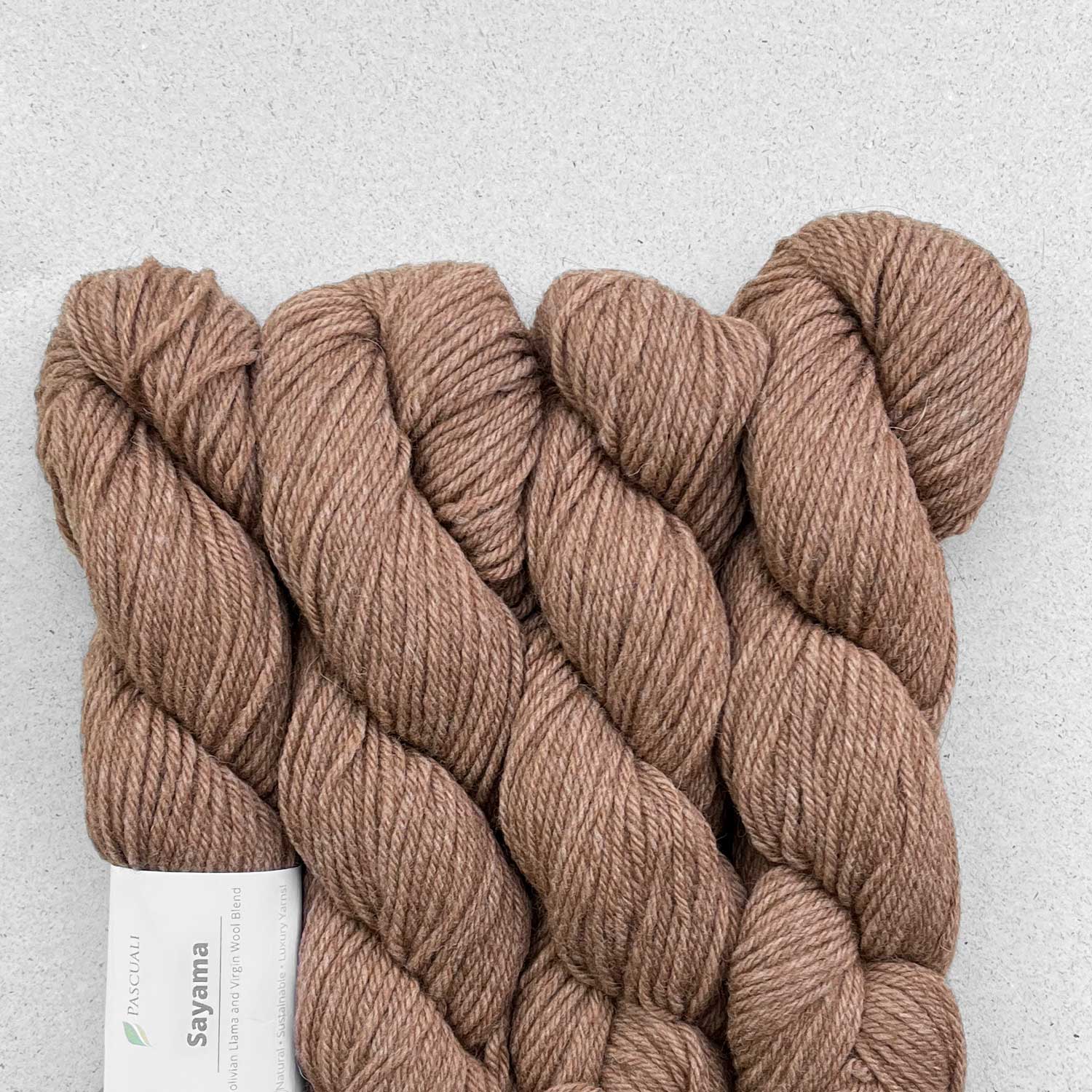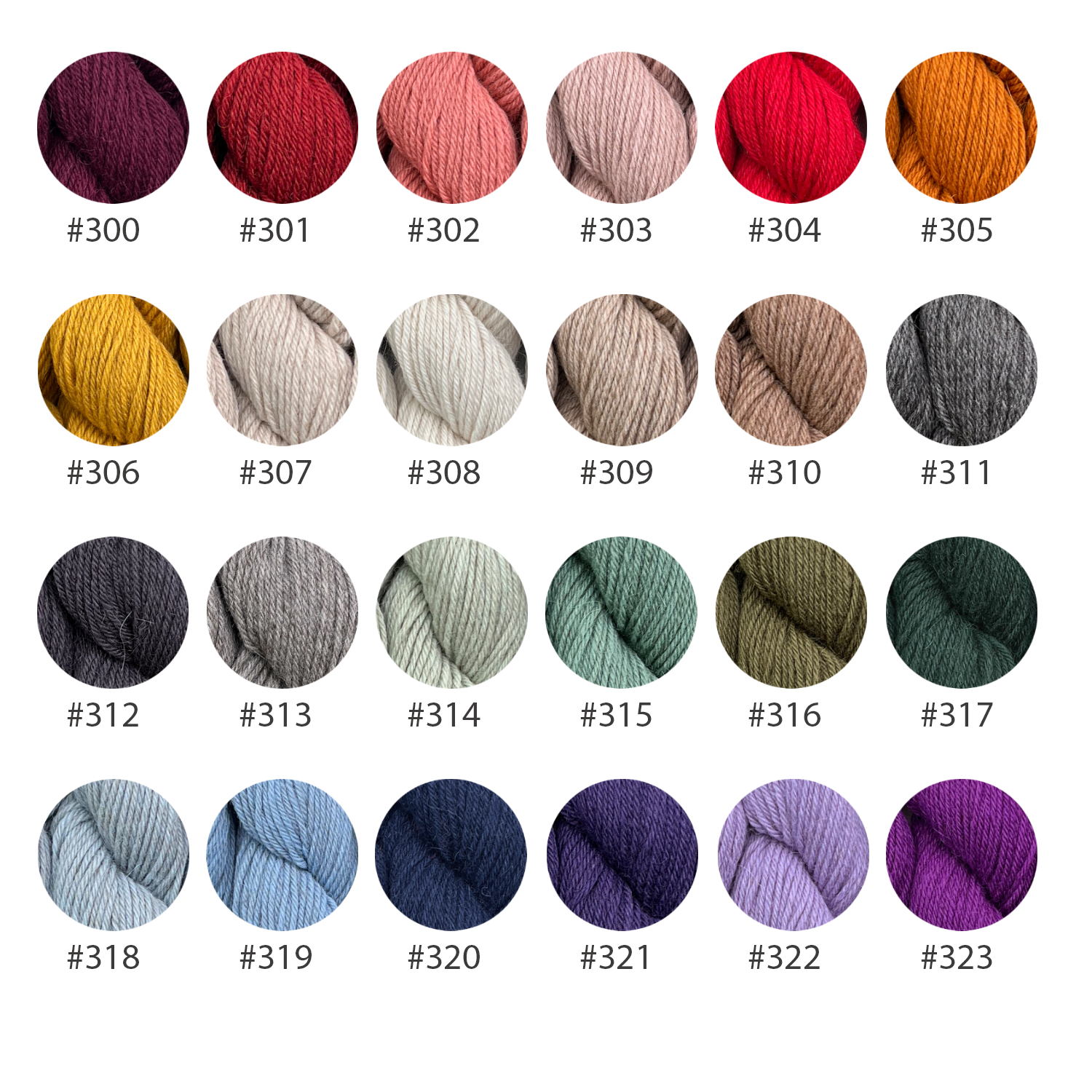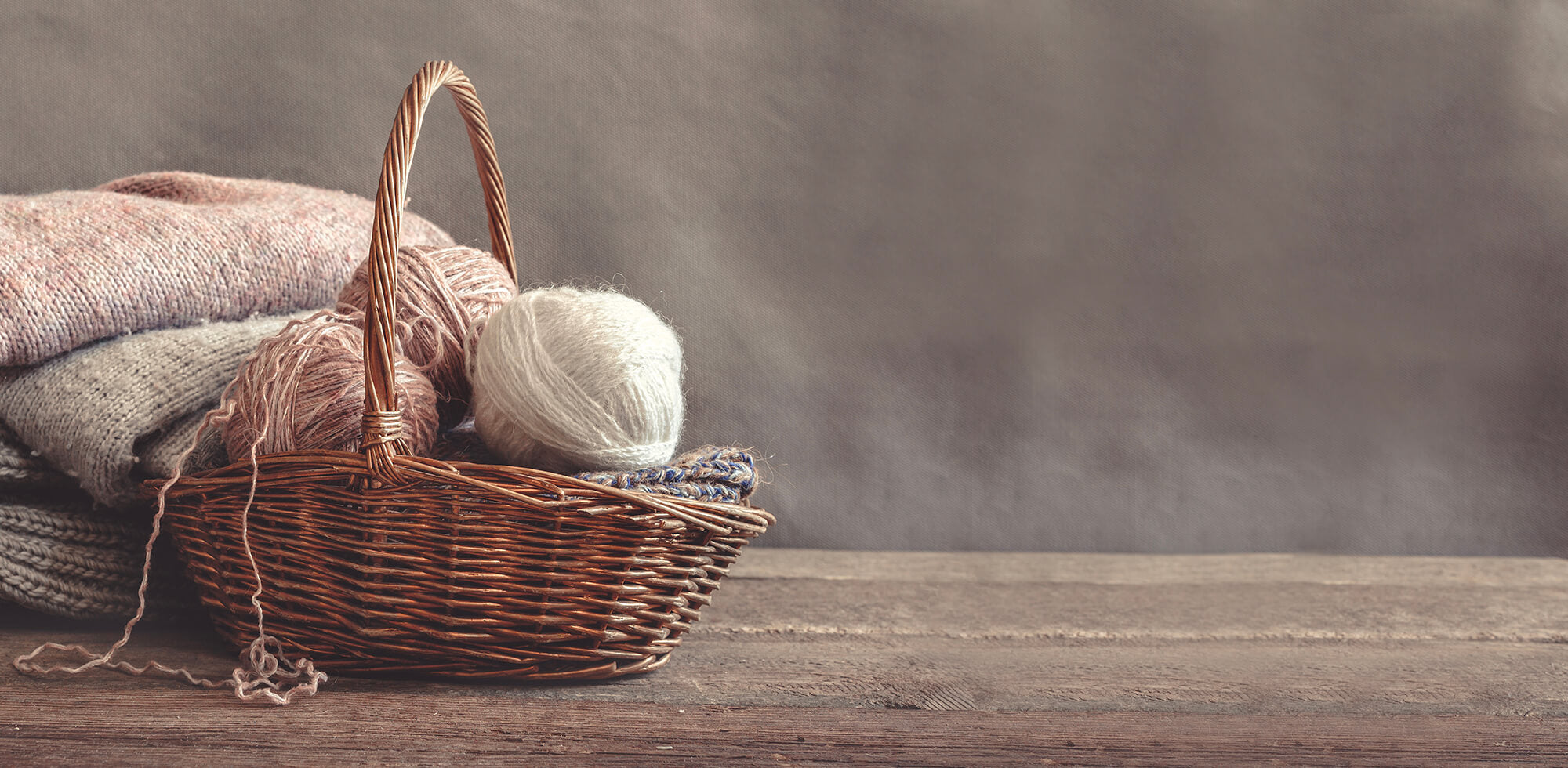Pascuali
Sayama
Sayama: Inspired by the Majestic Splendor of Mount Sajama in Bolivia
We set off to Sajama National Park on a llama-lovin' adventure, all in the name of creating a yarn made from llama hair. As we cruised through the park, soaking in the breathtaking views of Nevado Sajama and its surrounding landscapes, we couldn't help but wonder with delight at the sight of thousands of llamas and sheep frolicking about. Talk about llama drama! This llama extravaganza only fueled our excitement for creating a yarn that captures the essence of this magical place.
Mount Sajama (Nevado Sajama) is the highest peak in Bolivia, located in the southwestern part of the country near the border with Chile. It is part of the Andes mountain range and stands at an impressive elevation of 6,542 meters (21,463 feet) above sea level. Mount Sajama is an extinct stratovolcano and is considered one of the highest peaks in the world outside of the Himalayas.
Long-necked, big-eyed, fluffy creatures, llamas have captured the hearts of many around the world. Belonging to the camelid family alongside alpacas, vicuñas, and guanacos, llamas were domesticated around 6,000-7,000 years ago by pre-Columbian societies in the Andes Mountains, quickly becoming indispensable to Andean cultures. Used as pack animals, sources of meat, sacrifice, and fiber, llamas played a crucial role in the economy and trade of these societies.
Llamas are social animals that live in herds, grazing on grasses and vegetation in the high-altitude grasslands. Encountering llamas in the wild or in the company of local herders is a common sight around Mount Sajama, adding to the unique and rich cultural and natural heritage of the region. In addition to their practical uses, llamas are also revered for their cultural significance. They play a role in traditional ceremonies and festivals, and their images often appear in Andean art and folklore.
Luxurious Llama Wool: Nature's Secret to Softness and Strength
Llama wool is a versatile material with two distinct coats: guard hair and down also known as baby hair. Guard hair is sturdy and perfect for rope-making, while down is soft and luxurious, ideal for finer garments. With its hollow core, llama wool offers excellent warmth-to-weight ratio. Shearing yields about 8 pounds of fiber, but it takes two years for the fleece to regrow.
Llama wool shares the luxurious softness of alpaca but brings added durability and strength to the table. Llama wool is naturally free from oils or lanolin, maintaining its original weight through processing, which is 90-93% of its initial weight.So, it can be a bit heavy on its own.
To tackle this, we've created a blend with Bolivian highland wool which comes from sheep that also inhabit the Sajama valley and have adapted to the harsh high altitudes of the Andes creating a soft fine wool that is quite hardy. By blending llama and highland wool together, we bring you a yarn that is perfectly balanced between lightness and sturdiness, without compromising on quality and that is especially tailored for Scandinavian-style knitting and anything multicolored.

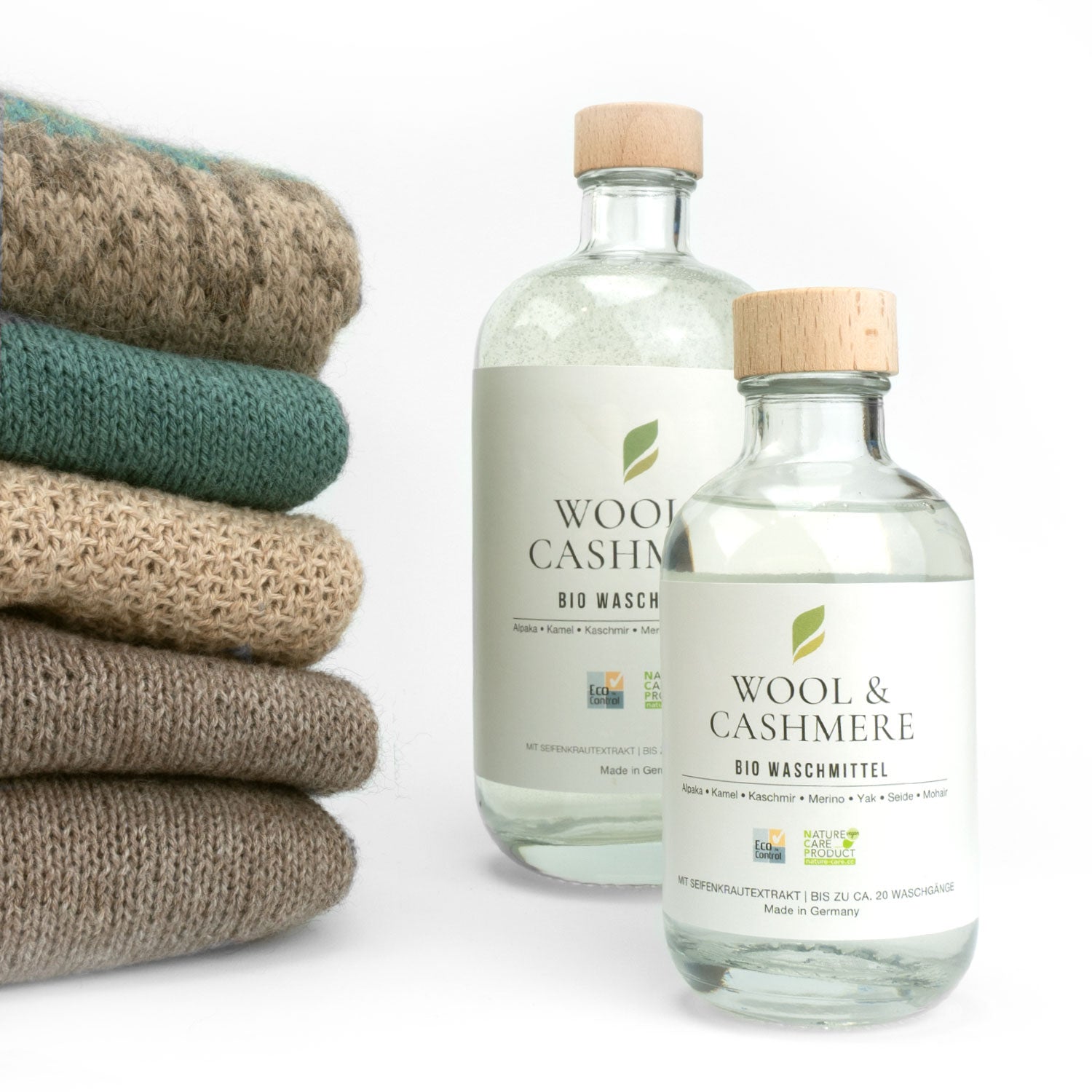
SPECIFICATIONS
- Yarn Length: 50 g ~ 112 m | 1.76 oz ~ 122 yds
- Needle: 4 mm | 6 US
- Gauge: 20 stitches, 28 rows to 4" (10 cm)
- Usage: Sweater in size Small ~ 400 g (8 Balls)
- Yarn Weight: 50 g | 1.76 oz ~ Ball
CARE
We recommend washing knitwear made of Sayama by hand in lukewarm water with a mild wool detergent. Then lay flat to dry, preferably on a terry cloth towel, to avoid deformations. Please do not dry directly on a heat source or in direct sunlight!
Read more about wool care in our blogpost HERE!
Painting with Fibers: Sayama's Vibrant Color Story
Llama wool offers a rich array of natural hues, spanning from white to deep black. Our base blend combines the purity of white sheep wool with the softness of white llama fibers, accented by hints of brown llama for a touch of warmth and subtle mélange effect. This harmonious fusion of colors mirrors the breathtaking beauty of Mount Sajama in Bolivia, where nature's paintbrush sweeps across the landscape with a diverse spectrum of greens, blues, and turquoises. From the verdant high-altitude grasslands to the deep hues of glacial lakes, every shade tells a story of the Andes. Vibrant patches of wildflowers add bursts of red, yellow, and purple to the valleys, while the rocky slopes of the mountain exhibit earthy browns and grays, offset by the pristine white of snow-capped peaks.
Above it all, the clear skies of Mount Sajama showcase magnificent sunrises and sunsets, casting warm tones of orange, pink, and purple across the horizon.
Each shade tells a story, inspired by not only the stunning landscapes, but also by the traditional textiles, and the vibrant colors of local festivals. This thoughtful approach not only honors the natural beauty of Bolivia but also celebrates the craftsmanship of the artisans who preserve their cultural heritage through the art of weaving and dyeing. This natural symphony of colors is what has inspired the captivating color palette of Sayama. With every skein, we aim to bring a piece of Bolivia’s enchanting atmosphere to knitters around the world.
Tradition and Sustainability in Sayama
Sayama also embodies the rich cultural heritage of the Aymara people. Traditionally, the Aymara maintain a strong spiritual connection to the land, mountains, and natural elements. Their cultural traditions revolve around rituals, ceremonies, music, dance, and folklore, often celebrating agricultural cycles, seasonal changes, and nature. Festivals like Pachamama (Mother Earth) and Inti Raymi (Sun Festival) are central, involving colorful processions, music, offerings, and communal feasting. Additionally, the Aymara practice sustainable agricultural techniques, reflecting their deep knowledge of the local environment. This ethos resonates with our philosophy, which is why we chose to produce Sayama yarn, honoring the profound connection between nature and culture in the region around Mount Sajama.

Where Ethical Excellence Meets Everyday Creativity
At Pascuali, we've always prioritized using the finest fibers available, resulting in products of unparalleled quality. However, we understand that this level of excellence can sometimes come with a higher price tag, limiting access for some customers. That's why we're excited to introduce Sayama, a yarn made with the same dedication to quality but at a more accessible price point. Despite its affordability, Sayama doesn't compromise on softness or durability. Its unique blend makes it ideal for creating Scandinavian-style fair-isle fabrics and vibrant, multicolored designs. Produced in Bolivia, at a factory nestled in the heart of El Alto, Sayama is Eco Text 100 certified.
Although llama wool does not currently have widespread ecological certifications, we take personal responsibility for ensuring the welfare of the animals involved in its production, upholding both quality and ethical standards. Paul Pascuali travels to farms and spinning mills around the globe to verify that their practices align with our commitment to sustainability and ethical production. We invite you to join him on his journey to Bolivia in this BLOG.
Pascuali
Related blog posts
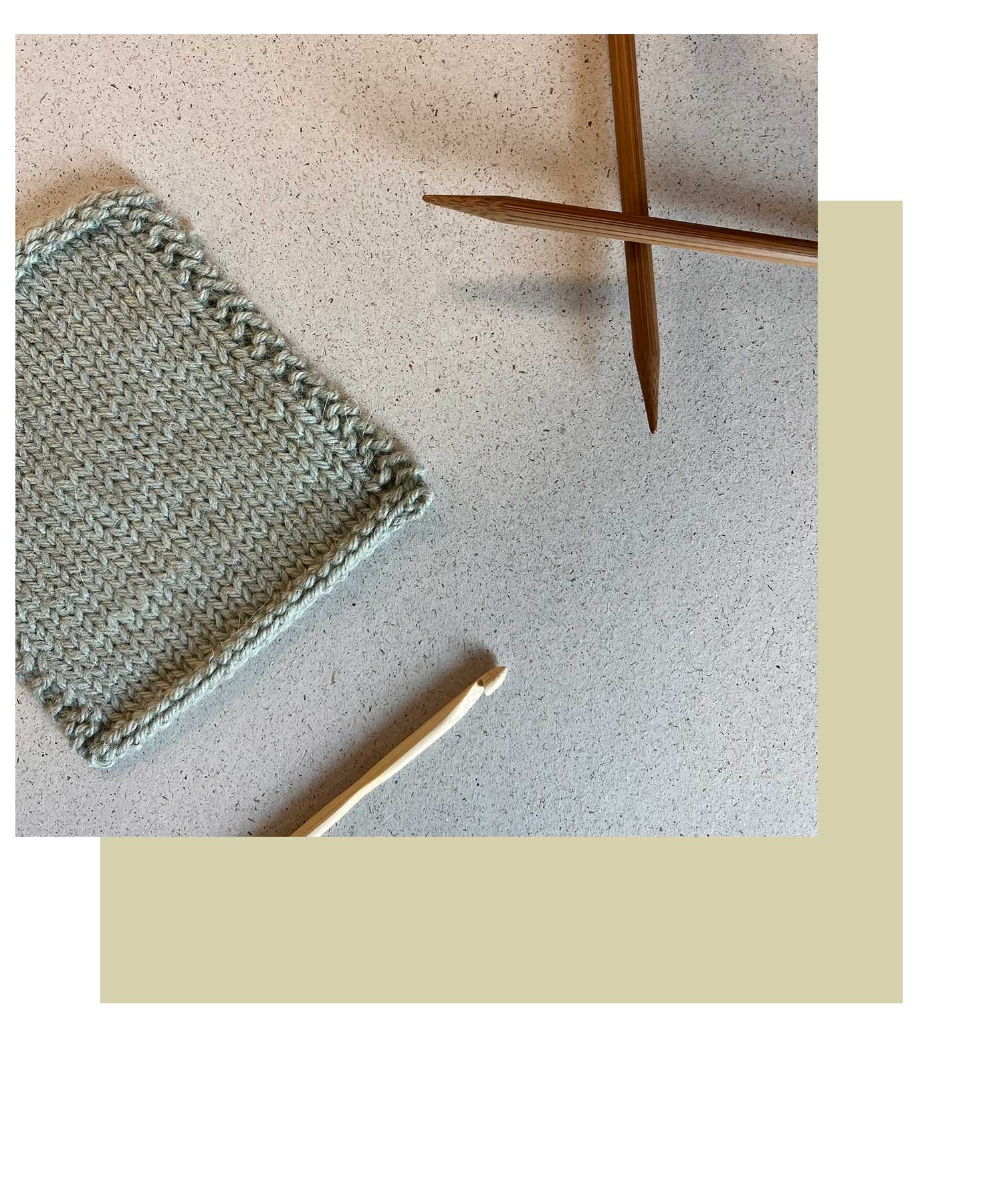
AN INTERVIEW WITH PAUL PASCUALI
In our blog, we have introduced you to various designers and reported on things that are interesting and worth knowing from the world of wool..
Read more...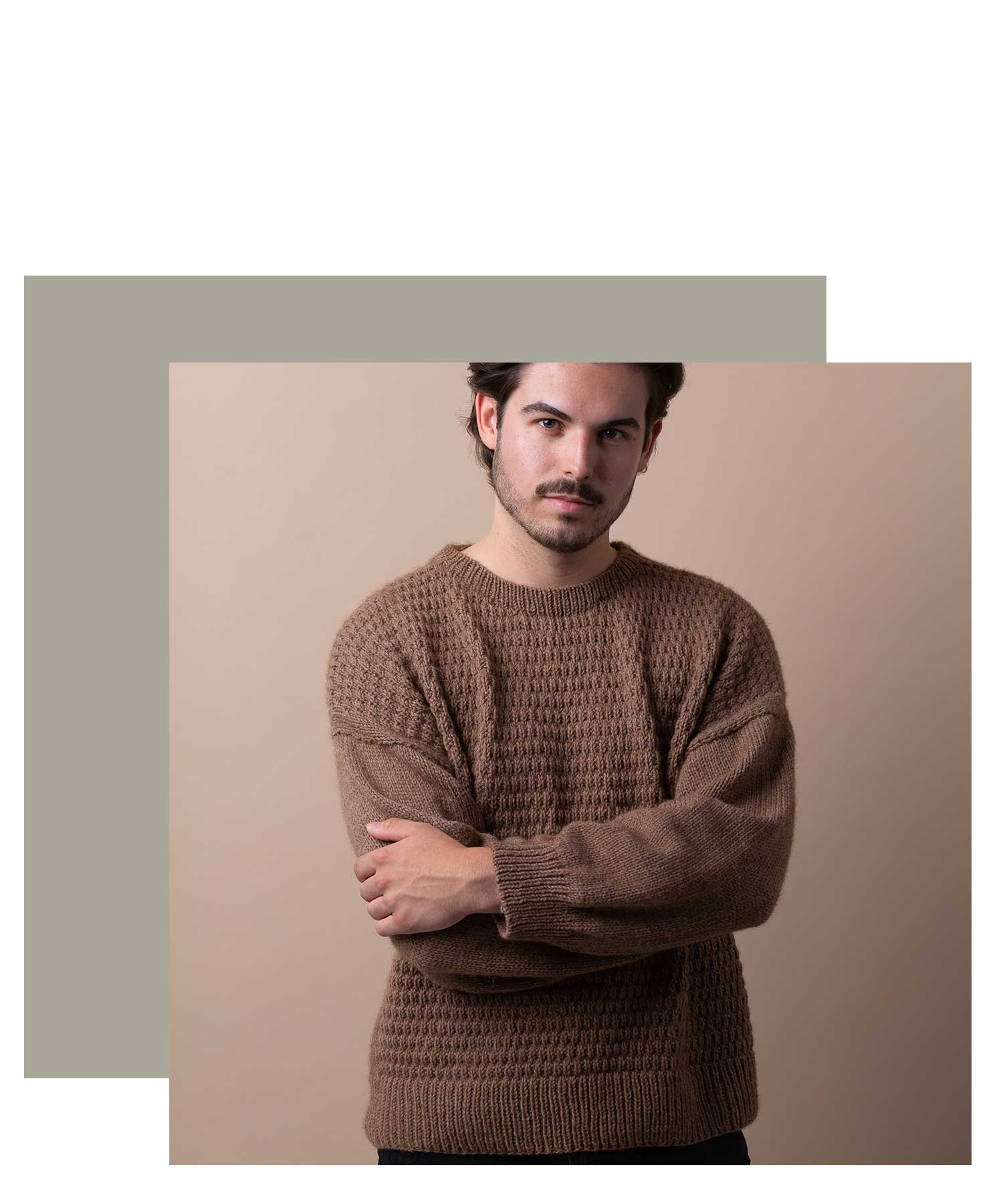
ALPACA – THE INCAN EMPERORS' LUXURY
We shared with you some interesting facts about camel wool in a previous blog post, and now we are back with more! What kind of animals are they?
Read more...
SAVING ENERGY – HEATING LESS WITHOUT FREEZING
Appeals to save energy are not new. However, with the current global political situation, the awareness of the limited resources has become ever more present in our households
READ MORE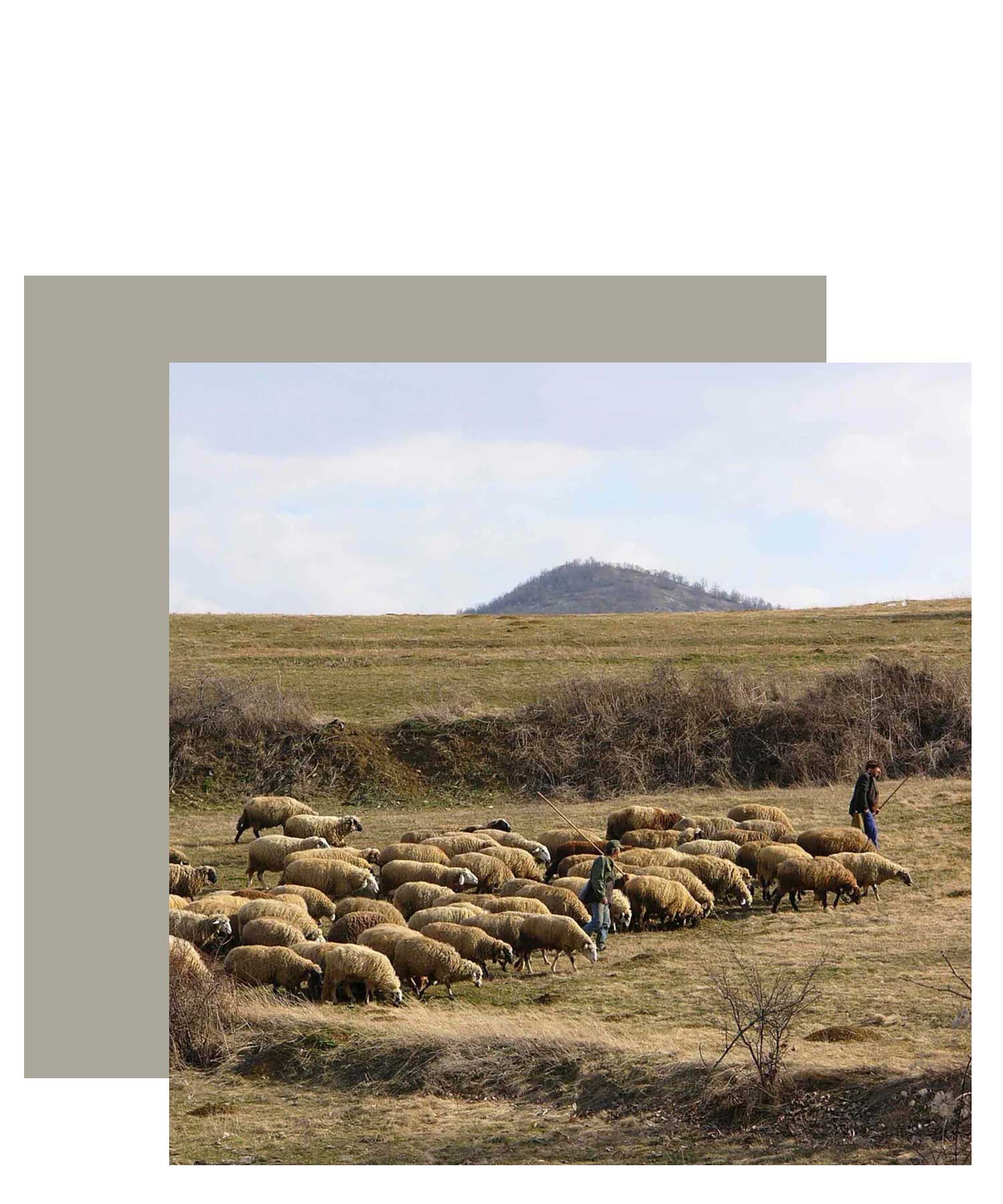
WOOL AND YARN CERTIFICATIONS
Handicrafts and do-it-yourself are "in". But what about the material? Is this also "good" in terms of fairness and sustainability?
To the pattern